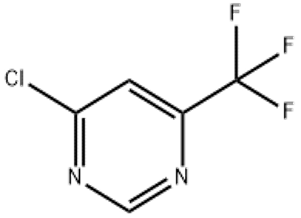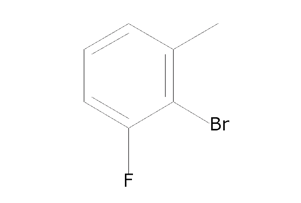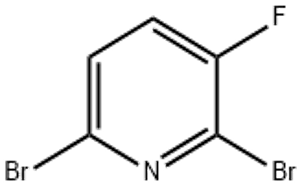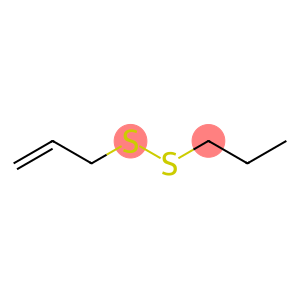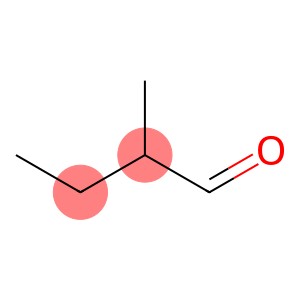4-(Trifluoromethoxy)benzaldehyde(CAS# 659-28-9)
| Risk Codes | R36/37/38 – Irritating to eyes, respiratory system and skin. R36/38 – Irritating to eyes and skin. R22 – Harmful if swallowed |
| Safety Description | S26 – In case of contact with eyes, rinse immediately with plenty of water and seek medical advice. S36/37/39 – Wear suitable protective clothing, gloves and eye/face protection. S37/39 – Wear suitable gloves and eye/face protection |
| WGK Germany | 3 |
| HS Code | 29130000 |
| Hazard Class | IRRITANT |
Introduction
4-(trifluoromethoxy)benzaldehyde, also known as p-(trifluoromethoxy)benzaldehyde. The following is an introduction to the properties, uses, preparation methods, and safety information of the compound:
Quality:
- Appearance: Colorless to light yellow crystals
- Solubility: Soluble in organic solvents such as methanol, ethanol and methylene chloride, slightly soluble in water
Use:
- 4-(Trifluoromethoxy)benzaldehyde is mainly used in the field of organic synthesis as an intermediate in the synthesis of other compounds.
- In the field of pesticides, it can be used to synthesize insecticides, herbicides, and fungicides, among others.
Method:
- The preparation of 4-(trifluoromethoxy)benzaldehyde is usually obtained by esterification of fluoromethanol and p-toluic acid, followed by redox reaction of esters.
Safety Information:
- 4-(Trifluoromethoxy)benzaldehyde should be avoided from contact with strong oxidizing agents and strong acids to avoid violent reactions.
- Personal protection measures such as chemical gloves and goggles should be used to avoid contact with skin and eyes.
- This is a potentially hazardous chemical that should be used and stored in accordance with appropriate safe operating procedures and handled in a well-ventilated area.
- When handling and disposing of waste, comply with the relevant local laws and regulations.



